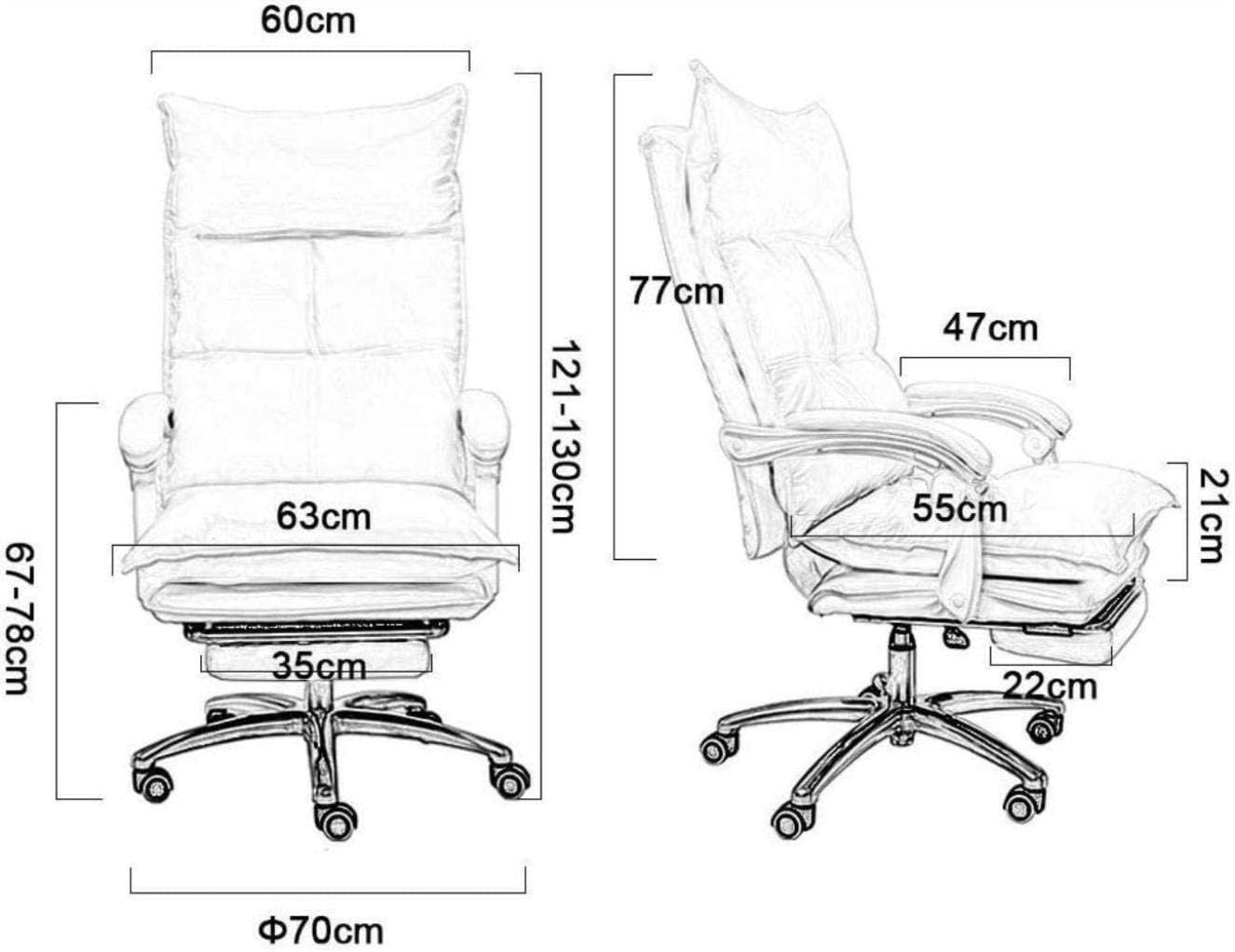
マイストア
変更
お店で受け取る
(送料無料)
配送する
納期目安:
02月27日頃のお届け予定です。
決済方法が、クレジット、代金引換の場合に限ります。その他の決済方法の場合はこちらをご確認ください。
※土・日・祝日の注文の場合や在庫状況によって、商品のお届けにお時間をいただく場合がございます。
FZGGWYHL メッシュ 通気性 オフィス スタッフ ミーティング ホーム コンピューター バックレスト スイベルの詳細情報
首元にフィットします。
快適なウエスト保護。
リアチルトデザイン。
快適なウエストサポート。
高さ調節が可能。
内部充填材:スポンジ
手すり有無:あり
回転可能:あり
昇降可能:あり
パッケージリスト:
1オフィス(他の展示物を除く)
ご注意:
手動測定のため、1~3mmの誤差はご了承ください。
ご理解のほどよろしくお願いいたします。
モニターの違いにより、画像の色が実際の色と異なる場合があります。
ブランド
FZGGWYHL
ユニット数
1.0
個
パターン
無地
首元にフィットします。
快適なウエスト保護。
リアチルトデザイン。
快適なウエストサポート。
高さ調節が可能。
快適なウエスト保護。
リアチルトデザイン。
快適なウエストサポート。
高さ調節が可能。
内部充填材:スポンジ
手すり有無:あり
回転可能:あり
昇降可能:あり
パッケージリスト:
1オフィス(他の展示物を除く)
ご注意:
手動測定のため、1~3mmの誤差はご了承ください。
ご理解のほどよろしくお願いいたします。
モニターの違いにより、画像の色が実際の色と異なる場合があります。
ブランド
FZGGWYHL
ユニット数
1.0
個
パターン
無地
首元にフィットします。
快適なウエスト保護。
リアチルトデザイン。
快適なウエストサポート。
高さ調節が可能。
ベストセラーランキングです
近くの売り場の商品
カスタマーレビュー
オススメ度 4.8点
現在、764件のレビューが投稿されています。





















